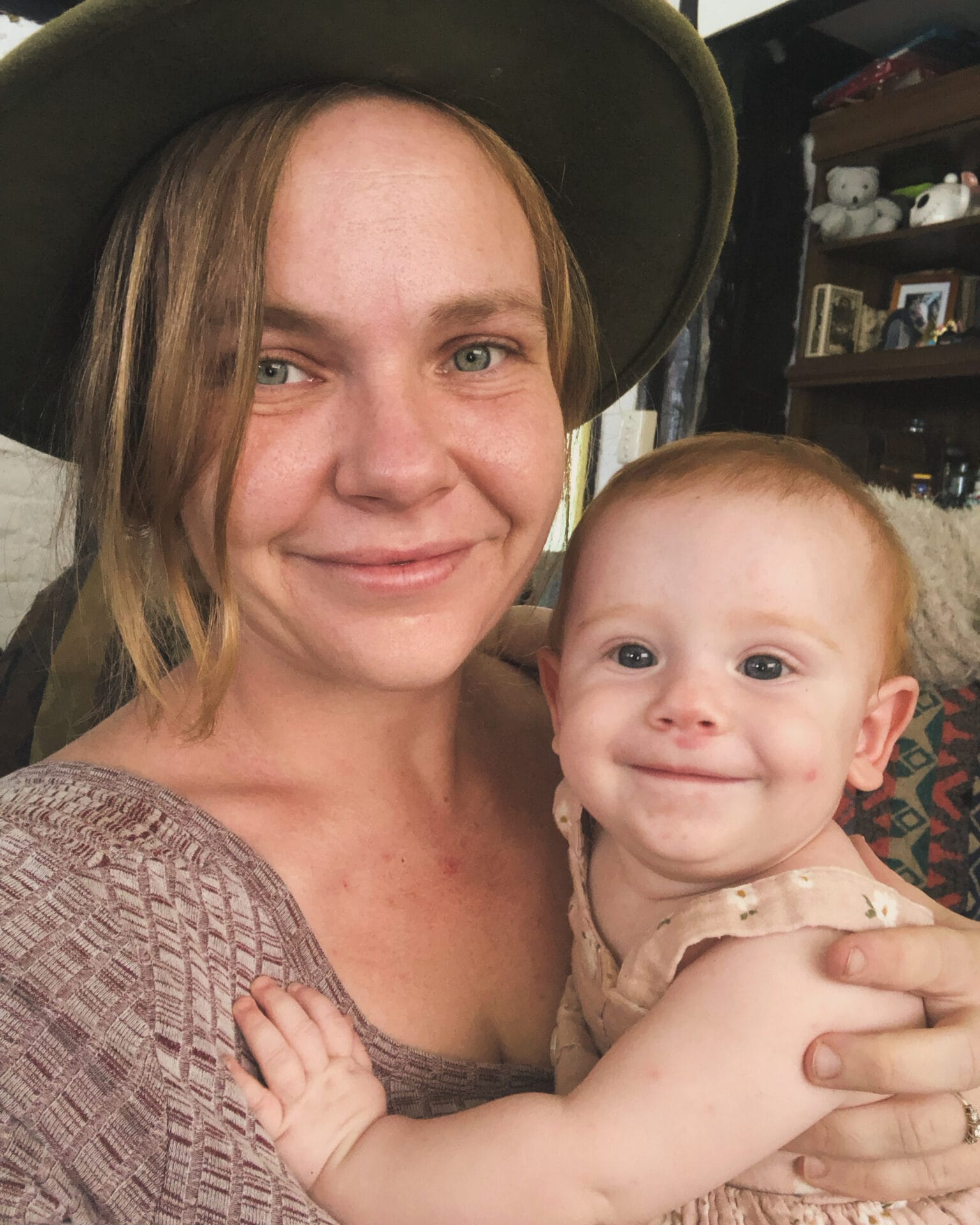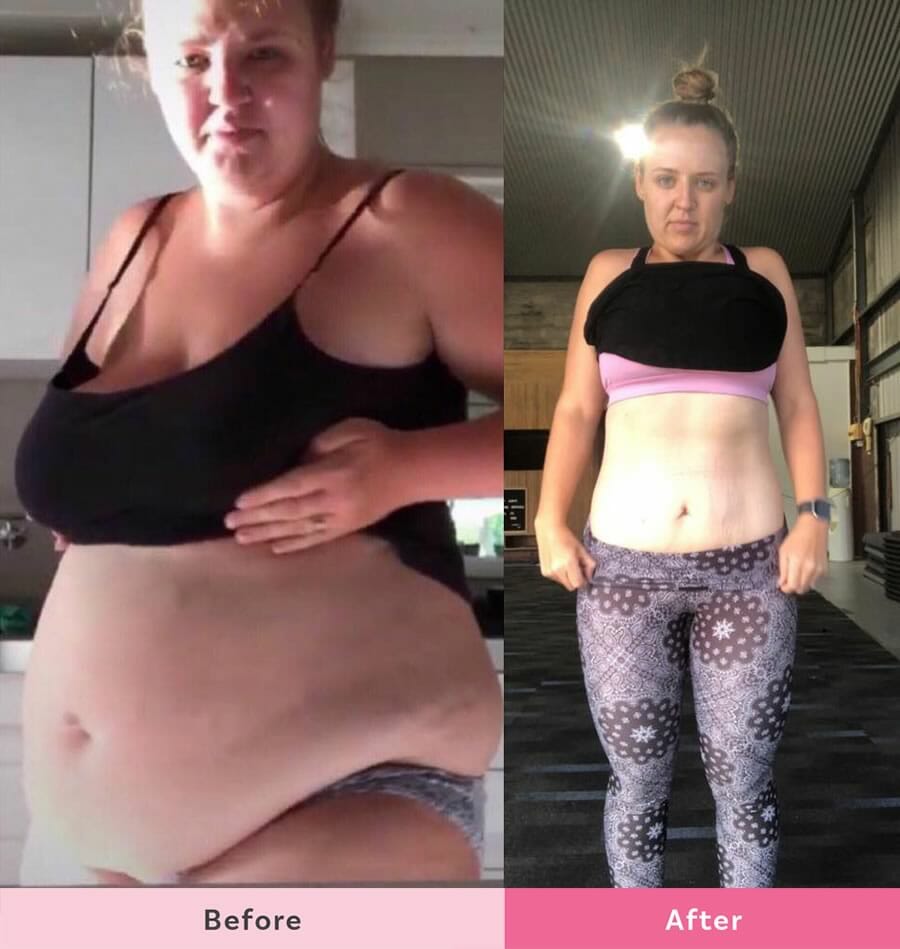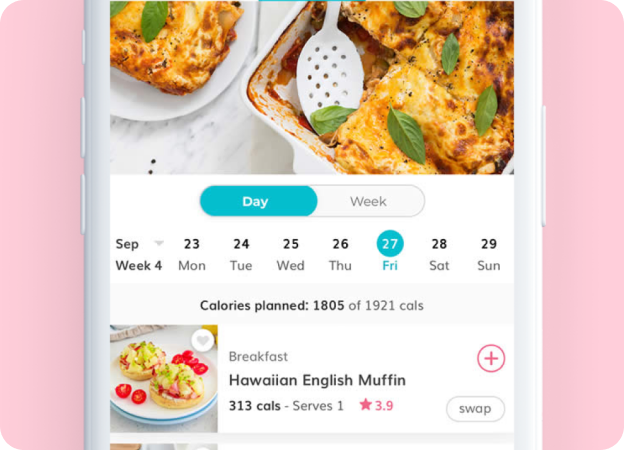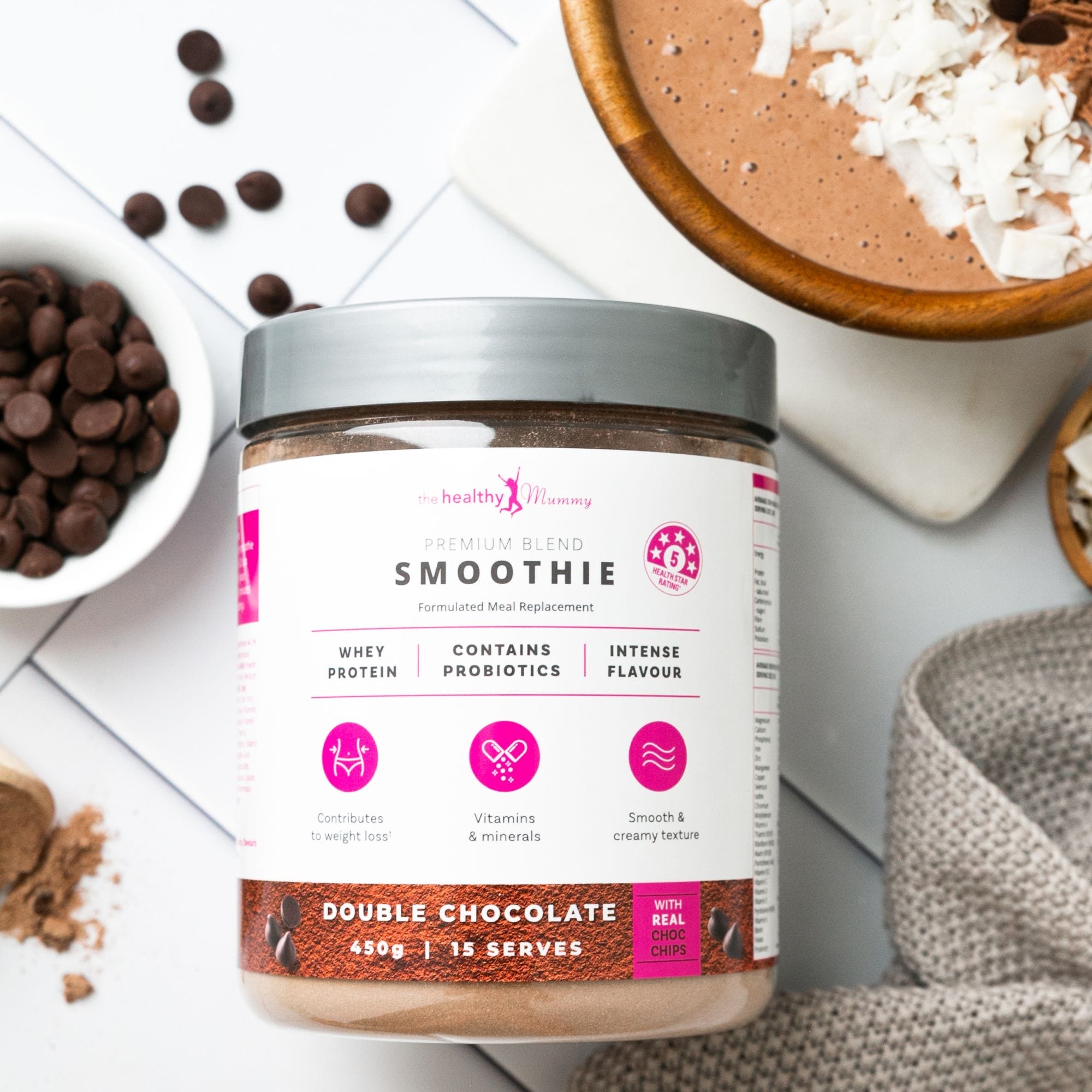FINALLY new guidelines for the treatment of morning sickness
We are pleased to hear that doctor’s finally have new guidelines to treat morning sickness which affects up to 85% of pregnant women.
Sadly there are still a lot of women who are too often told it’s just in their head.
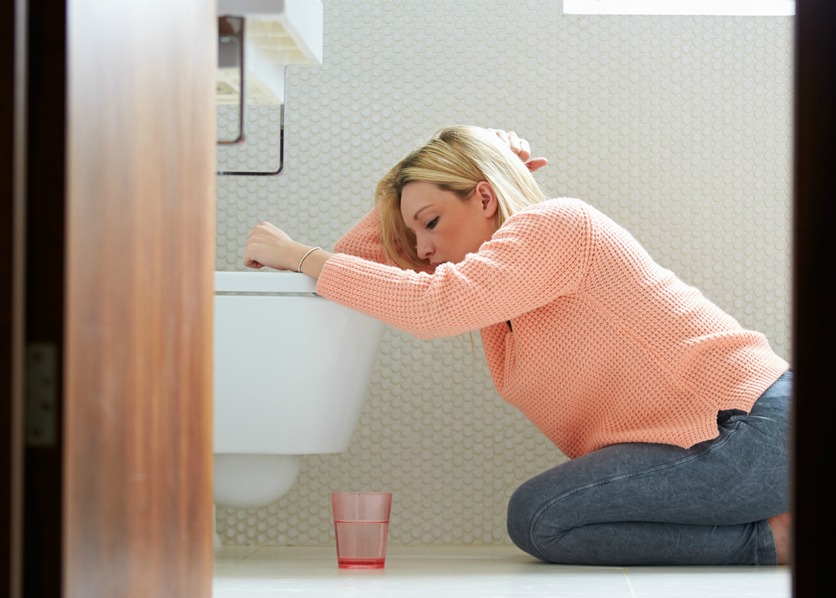
FINALLY new guidelines for the treatment of nausea and vomiting during pregnancy
Although popularly known as ‘morning sickness’ one study demonstrated that less than 2% of women experienced nausea only in the morning and 80% reported nausea throughout the day.
It’s a cruel term, because those who’ve experienced it know that it doesn’t constrain itself to the mornings, so experts prefer to call it nausea and vomiting of pregnancy, said obstetric physician Sandra Lowe.
The condition is usually mild and often stops at around 9 – 14 weeks gestation. However, 13% of women reported nausea lasting beyond 20 weeks gestation.
Hyperemesis gravidarum
A small percentage of women experience a severe form of nausea and vomiting known as hyperemesis gravidarum.
Estimates of the incidence of hyperemesis vary from 0.3–1.5% of all live births.
The condition is usually described as severe vomiting leading to fluid, electrolyte and acid base imbalance, nutritional deficiency and weight loss.
Although vomiting is the most obvious concerning symptom, persistent, debilitating nausea can severely affect the woman’s quality of life. In studies, 35% of women with paid employment lost time from work through nausea and 26% lost time from housework.
60% of women with hyperemesis gravidarum develop secondary depression.
What the experts say
“There’s a real absence of understanding of this condition amongst doctors, midwives, pharmacists, GPs, family members,” said obstetric physician Sandra Lowe.
“There are still a lot of people who are told it’s in their head — which is completely incorrect.”
Thankfully new guidelines for the treatment of nausea and vomiting during pregnancy were announced at the recent Royal Australian and New Zealand College of Obstetricians and Gynaecologist annual scientific meeting in Melbourne.
Dr Lowe said the lack of understanding about pregnancy nausea was especially problematic for women at the more extreme end of the spectrum: those with hyperemesis gravidarum.
“For the vast majority of women it’s a mild problem, they can manage it with lifestyle changes, but for a small proportion it’s a really serious disease,” Dr Lowe said.
“It’s also associated, in the worst cases, with adverse pregnancy outcomes.”
The new guideline clearly defines hyperemesis gravidarum as nausea and vomiting so severe it causes dehydration, electrolyte abnormalities and weight loss of 5 percent of pre-pregnancy weight.
“[Mothers] can have major complications, they vomit so much that they bleed from their gut. They can get such major vitamin deficiencies that it affects their brain function,” Dr Lowe said.
“They’re more likely to get small babies, they’re more likely to get pre-term babies.”
Due to fear around birth defects caused by thalidomide, a drug used in the late 1950s and early 60s to treat pregnancy nausea women quite often don’t seek treatment and even worse is the fact doctors are quite often reluctant to treat.
“People are frightened to use drugs. The doctors are frightened, the women are sceptical or concerned. So it’s extremely important that doctors are confident to explain how modern drugs can really help without significant risks to the growing baby,” Dr Lowe said.
“Some women do need medication. So this guideline very expertly outlines the benefits, the risks, the alternatives, the options for women in 2019.”
Dr Lowe hopes the new guidelines would help doctors treat women before their nausea and vomiting becomes severe, and empower women to make informed decisions on how to manage their symptoms.
“We have no bandwagon to push for pharma. We are certainly not trying to create a disease from something that’s normal — but we’re trying to help that really small group of women who are beyond having just a bit of morning sickness.”
Tips for managing vomiting and nausea in pregnancy
For most women, lifestyle changes are enough to keep nausea to a manageable level, Dr Lowe said.
- Reconsider your multivitamin: “Those large pills that people take as multivitamins are often going to be making them sick if they’re already got nausea and vomiting,” Dr Lowe said. She recommended substituting the essential vitamins, folic acid and iodine, which can be taken in smaller tablets that are less likely to make you sick.
- Rest when you can: Nausea often hits when you’re fatigued, so heading it off at the pass by resting can help.
- Avoid strong smells: When you’re already feeling queasy, strong smells can make it worse. If possible, change your commute so you aren’t stuck on smelly buses or trains, and see if you can delegate food preparation and childcare tasks like changing nappies.
- Vitamin B6 and ginger: There’s evidence that both of these over-the-counter supplements can help manage nausea and vomiting, according to Dr Lowe.
- Eat and drink what you can, when you can: “It doesn’t matter if they have their big meal at lunchtime and don’t eat anything in the evening, if that’s what works for them.”
- Don’t be afraid to ask for help.
How the Healthy Mummy helped these mums beat morning sickness
These three Healthy Mummy, mums actually had some great relief from morning sickness when they turned to the Healthy Mummy.
Cat’s story
Healthy Mummy, Cat Christ, shares she didn’t have much of an appetite and did lose weight in the beginning of her pregnancy so she utilised a lot of the vegetarian and vegan Healthy Mummy 28 Day Weight Loss Challenges recipes to keep her fuelled and ensure she was still eating sources of protein.
She also discovered if she could get a Healthy Pregnancy Smoothie into her within 30 minutes of being up and about, it would help to settle her nausea. Read more tips from Cat HERE.
Find the Ultimate morning sickness smoothie recipe HERE.
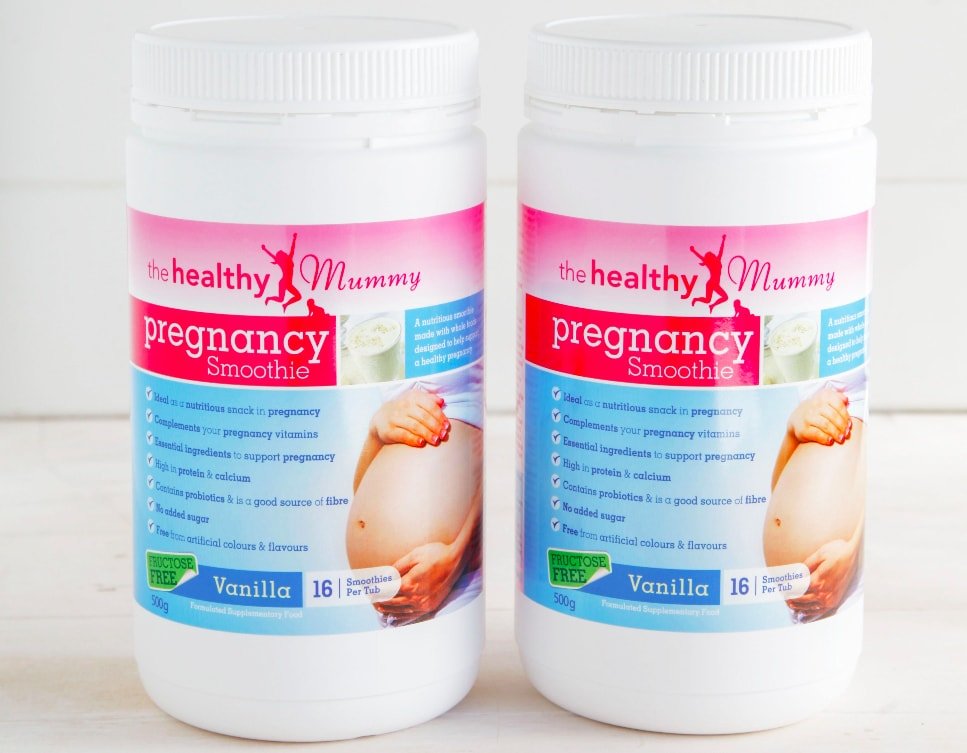
The Healthy Mummy Pregnancy Smoothie is a convenient and easy supplementary food, designed to complement your existing pregnancy vitamins or supplements, to help you meet the extra protein, vitamin and mineral requirements during your pregnancy.
The Pregnancy Smoothie is also free of all chemicals, fillers and artificial ingredients, has no fructose in, no added sugar and uses high quality dairy protein sourced from grass fed cows in New Zealand.
Purchase your Pregnancy Smoothie here.
Laura’s story
Laura Flanagan developed hyperemisis gravidarum (severe morning sickness) at 17 weeks.
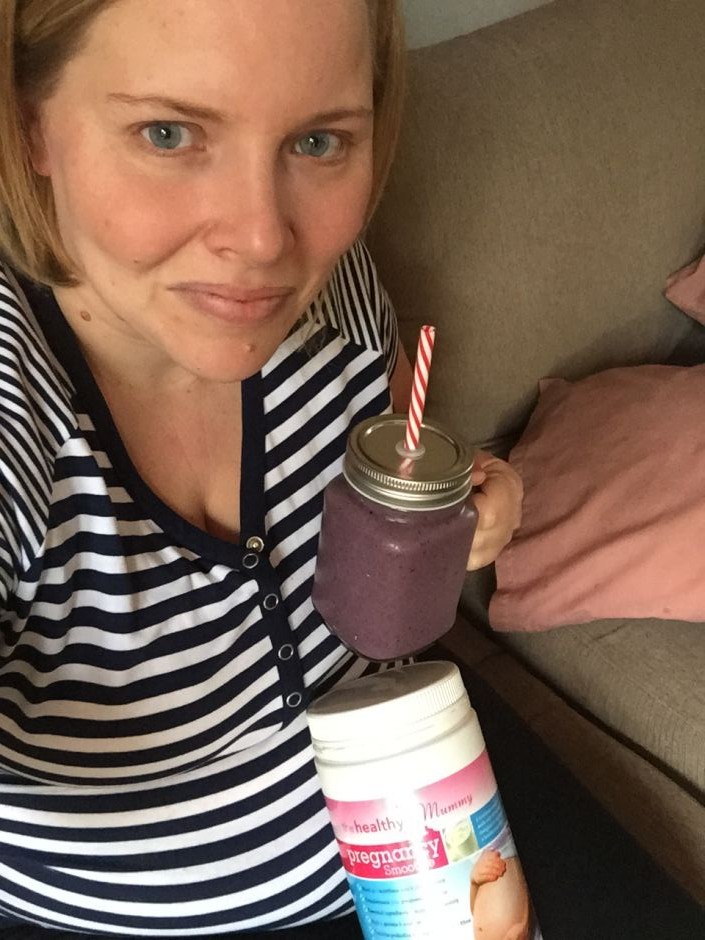
It left her debilitated with hospital visits and medication to try and help her through.
“When you have severe morning sickness you eat or drink whatever will stay down, for me quite often the only thing I wouldn’t throw up was KFC, lemonade or chocolate pods.
“After a year of healthy eating this kind of food went against everything I believed in but keeping any food and drink down was the priority and I have been in survival mode.
“Healthy Mummy Pregnancy Smoothie is so yummy and even better a Smoothie that not only did I not throw up but has actually helped that terrible queasy feeling of morning sickness.
“I’ll shout it from the rooftops, this stuff is my saving grace and will be the reason the second half of my pregnancy will be a healthier one with a lot less junk food. ” Read more on Laura’s story HERE.
Zoe’s story
Zoe Weir managed to curb her morning sickness and have her healthiest pregnancy with The Healthy Mummy.
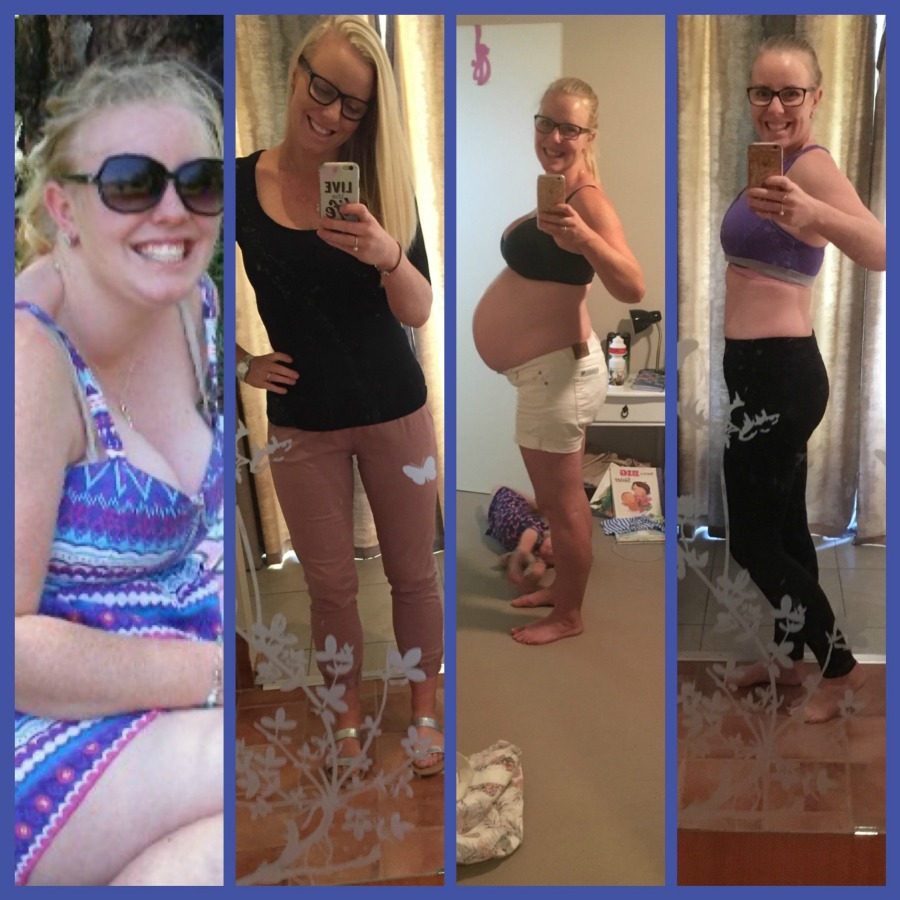
Zoe reveals she would drink The Healthy Mummy Pregnancy Smoothie – a great way to nourish your body with an easy to drink Smoothie.
Zoe reveals she would make The Ultimate Smoothie to ease morning sickness, as it contains ginger, which helps get rid of nausea.
Zoe also drank The Healthy Mummy Super Greens to help boost her energy levels.
“I lived off them, not only was I eating the vitamins and nutrients I needed, but it gave me so much energy to run around with my daughter,” she reveals.
Zoe also made sure she continued to eat a variety of healthy meals and snacks from the 28 Day Weight Loss Challenge while she was expecting. Read more on Zoe’s story HERE.
Read more:
- 5 Things That Help & 5 Things That Make It Worse
- 7 wholesome snacks to help ease morning sickness
- 10 Tried, Tested and Trusted Ways to Overcome Morning Sickness
How the Healthy Mummy Pregnancy Smoothie can help
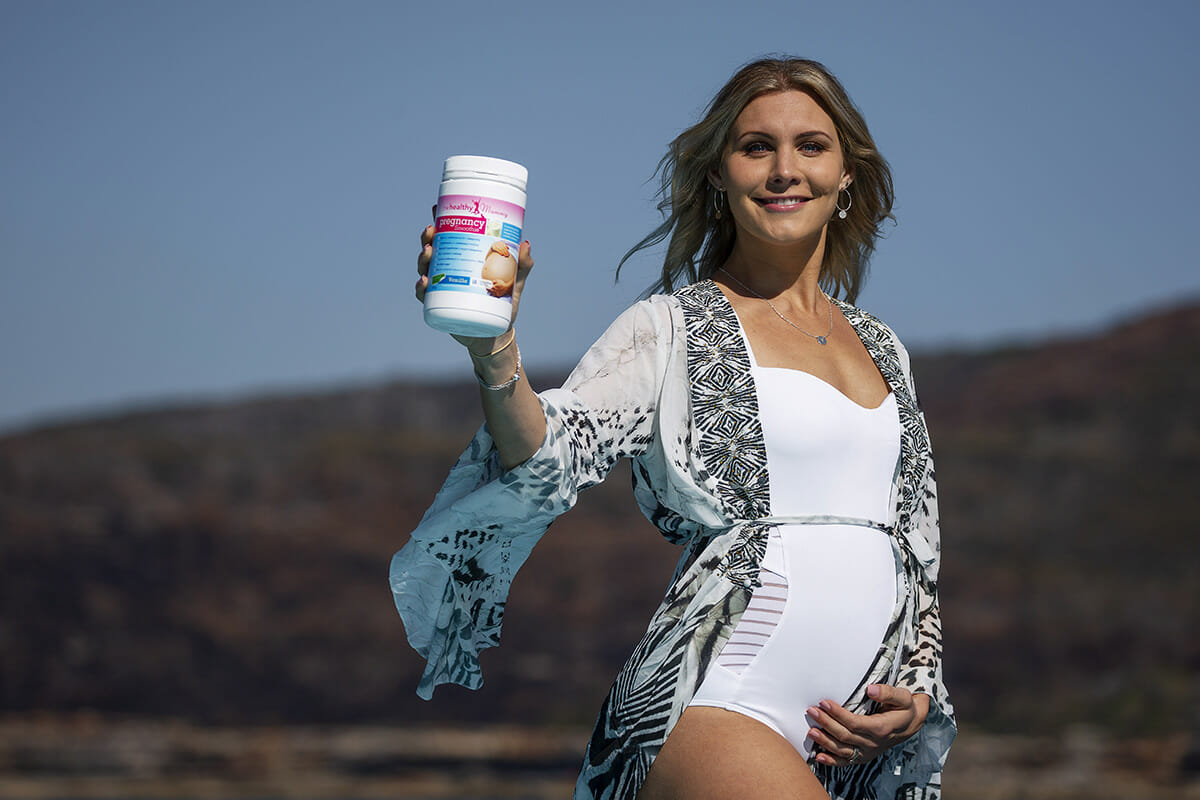
HEALTHY INCREASED CALORIES – Additional nutrients and calories are needed in pregnancy to support the mum and the baby – and the smoothie is a convenient and tasty way to increase your calories in pregnancy whilst nourishing your body
MORNING SICKNESS – If you are suffering from morning sickness and find eating food difficult – the smoothie is a great way to nourish your body with an easy to drink smoothie- it also contains ginger.
TIREDNESS – If you are feeling exhausted, the smoothie is a nutrient dense snack high in protein, B vitamins and low constipation iron to help keep energy levels up
CONVENIENT– if you are struggling to find the time or energy to eat nutrient dense and healthy foods then the smoothie will be a great help. You could also have it as a quick breakfast by adding fruit, oats and vegetables to your smoothie to further increase calories
PROTEIN & CALCIUM – It is ideal as a high-protein, high-calcium snack in pregnancy with each smoothie giving you 15g of high quality protein
You can all see all FAQ on the smoothie including a list of all the ingredients, use in Gestational Diabetes, RDI’s for pregnancy of vitamins and minerals when you download the Pregnancy Smoothie Fact Sheet on the smoothie here

